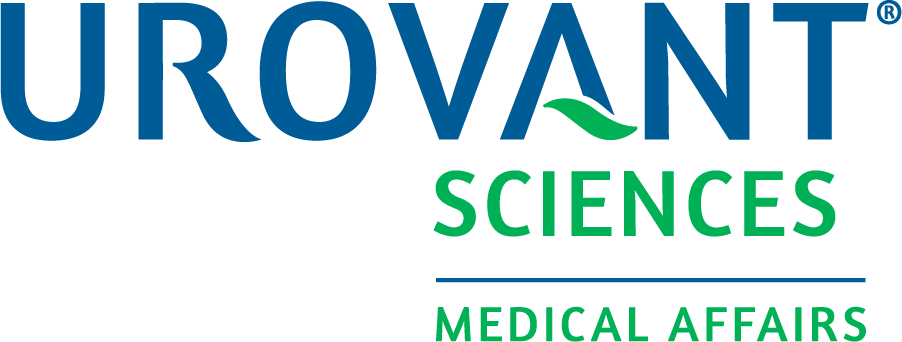Exploring Gene Therapy for OAB
See how we are demonstrating our commitment to patients with overactive bladder (OAB) with the investigation of a novel gene therapy (URO-902).
View URO-902 MOADiscovering vibegron for OAB
Beta-3 adrenergic receptor agonists have been shown to be efficacious in the management of overactive bladder (OAB). Find out how our ongoing efforts to develop innovative therapies led to the discovery of vibegron.
View Vibegron MOA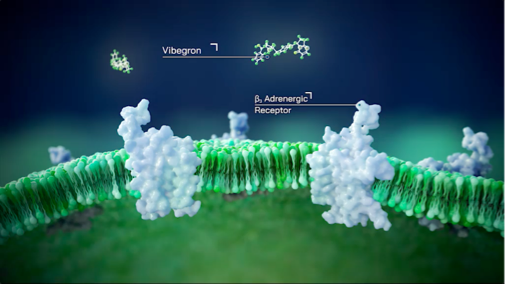
Our Mission
At Urovant Sciences, we’ve made it our mission to keep patient health and well-being front and center. As part of this effort, our Medical Affairs team plays a vital role in providing the scientific support and resources needed to assist you where it matters most for patients.
Our Medical Science Liaisons (MSLs) are always available and would welcome the opportunity to meet with you. Just click below to schedule an appointment at your convenience.
About OAB
Overactive bladder is a symptom complex that is generally not life-threatening yet compromising to everyday life.
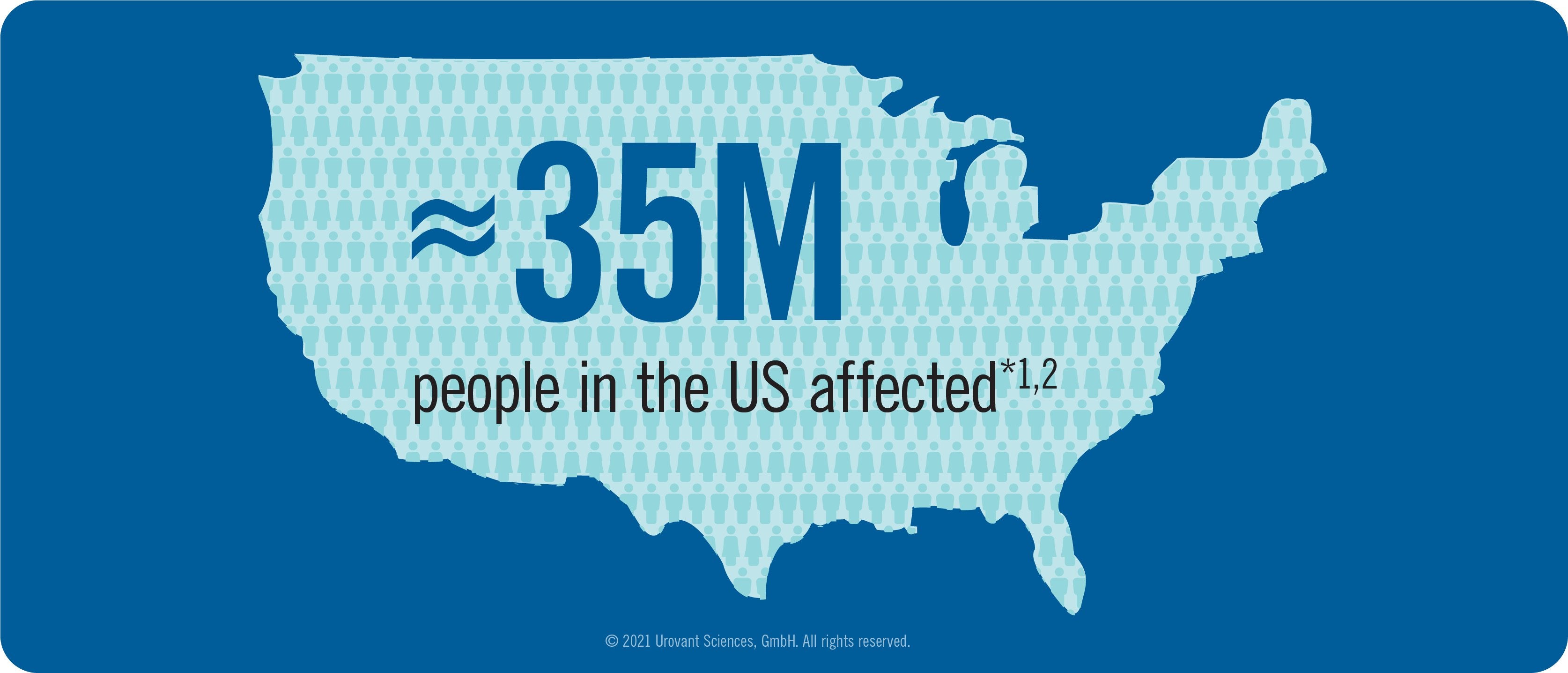
Overactive bladder affects ≈35 million people in the US and significantly impairs activities of daily living.1,2

An internet-based survey study among 20,000 US adults ≥40 years found the overall prevalence of OAB to be 23%.1
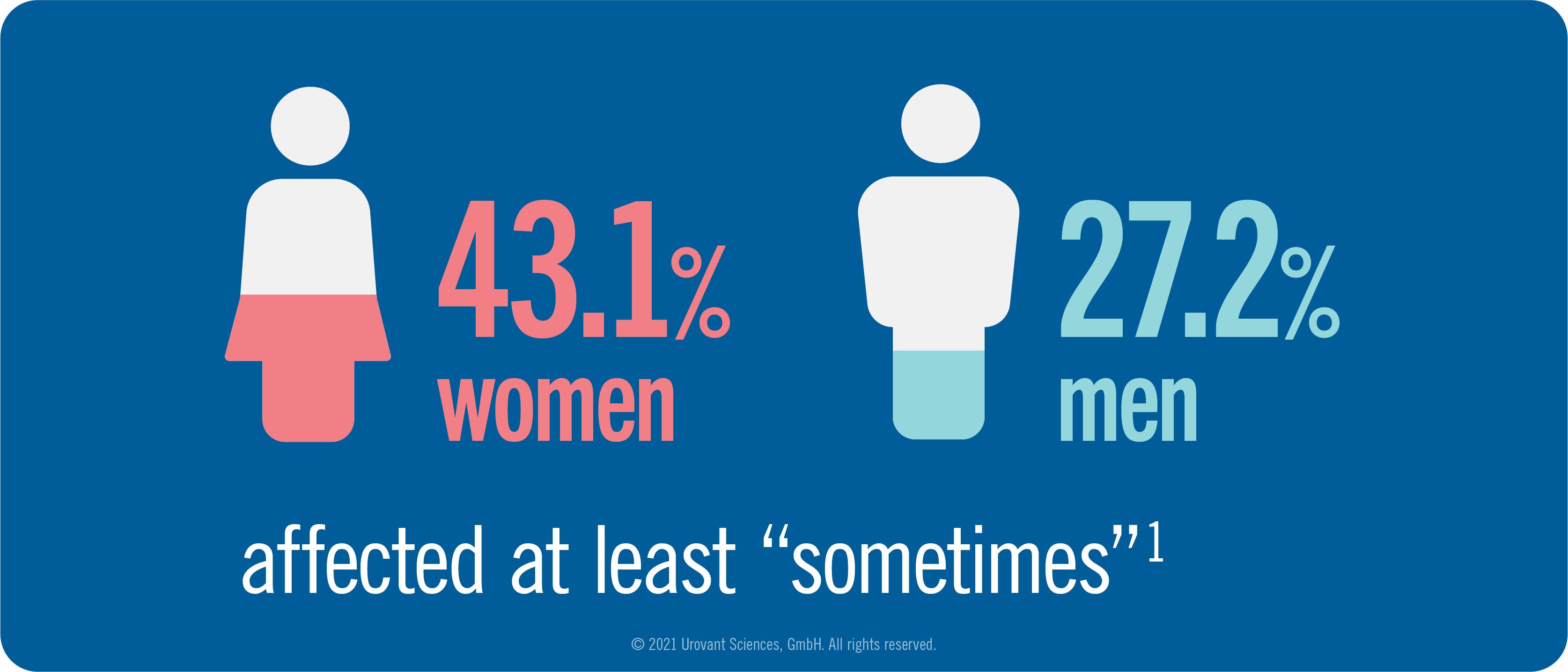
The study found the overall prevalence of OAB in those affected at least “sometimes” to be 43.1% in women and 27.2% in men. The study found prevalence to increase with age to 49.4% among men ≥76 years of age and 51.2% among women ≥76 years of age.1
OAB Overview Monograph
Click below to find out more about the impact of OAB on quality of life, as well as the clinical and economic burden it has on those who live with this condition.
Treatment Approaches in OAB
American Urological Association (AUA) treatment guidelines include many strategies to help control OAB. Patients and physicians have disease management options, from behavioral and lifestyle changes, pharmacologic management, and neurostimulation to surgery (in rare, refractory cases).
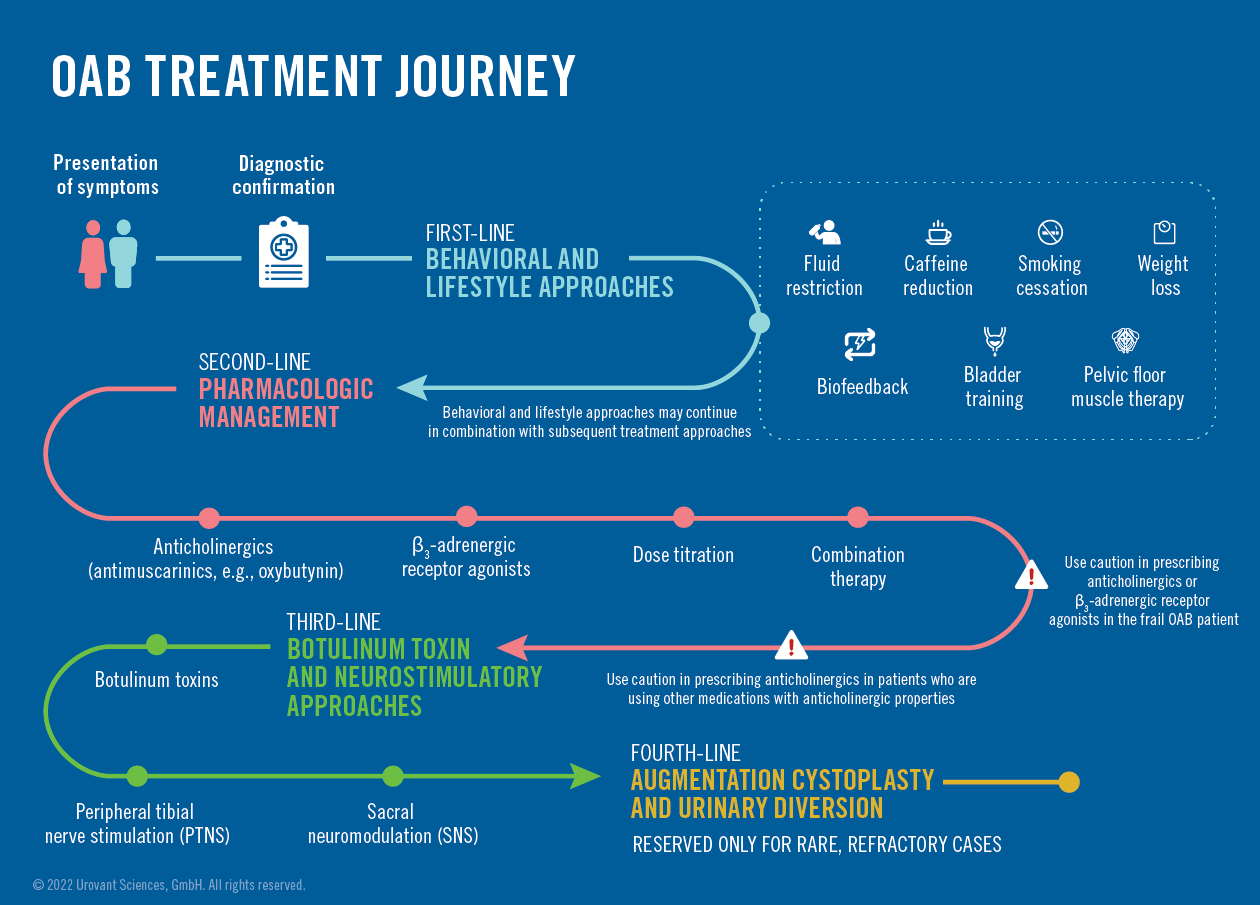
OAB Treatment Monograph
Click below to dive deeper into the treatment journey for idiopathic OAB and to review the four different treatment lines and the pharmacologic options available.
Discover Our Pipeline
Urovant Sciences is currently studying vibegron for an additional indication. Separately, the company initiated a Phase 2 study of a novel gene therapy.
Vibegron is being investigated in COURAGE, a phase 3, double-blind, randomized, placebo-controlled, multicenter study to evaluate the efficacy, safety, and tolerability of vibegron in men with overactive bladder (OAB) symptoms on pharmacological therapy for benign prostatic hyperplasia (BPH).
URO-902 is being investigated in a phase 2a, randomized, double-blind, placebo-controlled, multicenter trial to evaluate the efficacy, safety, and tolerability of a single physician-administered dose of a novel gene therapy for patients with overactive bladder (OAB) who have not been adequately managed with oral or transdermal pharmacologic therapy for OAB.
Vibegron is being investigated in COURAGE, a phase 3, double-blind, randomized, placebo-controlled, multicenter study to evaluate the efficacy, safety, and tolerability of vibegron in men with overactive bladder (OAB) symptoms on pharmacological therapy for benign prostatic hyperplasia (BPH).
URO-902 is being investigated in a phase 2a, randomized, double-blind, placebo-controlled, multicenter trial to evaluate the efficacy, safety, and tolerability of a single physician-administered dose of a novel gene therapy for patients with overactive bladder (OAB) who have not been adequately managed with oral or transdermal pharmacologic therapy for OAB.
* Estimates are based on 23% prevalence rate from the EpiLUTS study and 2018 US Census Bureau population number projections for 2018.
REFERENCES
1. Coyne KS, Sexton CC, Vats V, Thompson C, Kopp ZS, Milsom I. National community prevalence of overactive bladder in the United States stratified by sex and age. Urology. 2011;77(5):1081–1087.
2. US Census Bureau. Age and Sex Composition: 2018. Available at: https://data.census.gov/cedsci/table?q=people%20by%20age%20group&t=Age%20and%20 Sex&tid=ACSST1Y2018.S0101&hidePreview=false. Accessed November 4, 2020.
